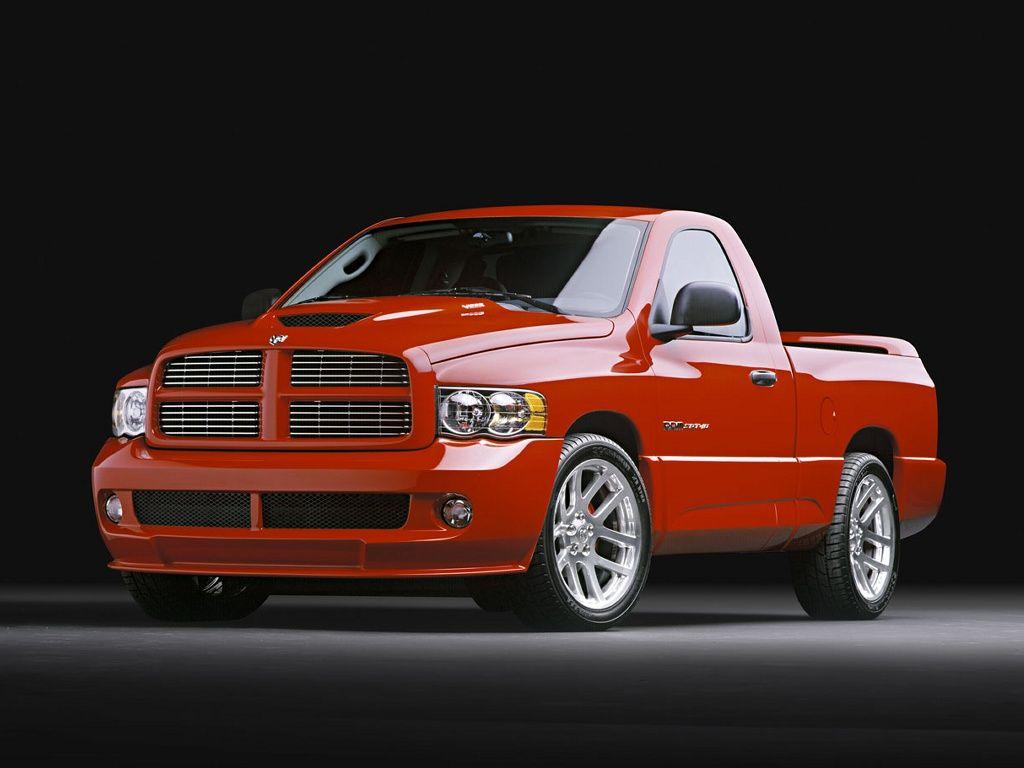The emblem “RT” gracing the flanks of certain Dodge vehicles has become synonymous with performance. The casual observer might simply perceive it as a marker of enhanced horsepower and aggressive styling. However, delving into its provenance reveals a more nuanced story, one interwoven with Dodge’s heritage and a legacy of pushing the boundaries of automotive engineering.
At its core, “RT” stands for “Road/Track”. This seemingly straightforward nomenclature encapsulates Dodge’s intent: to create vehicles equally adept at conquering the mundane roadways and performing admirably on a closed racing circuit. The designation is not merely an aesthetic flourish; it signifies a commitment to delivering a heightened driving experience characterized by responsiveness, power, and superior handling.
The inception of the RT moniker can be traced back to the late 1960s, a period often regarded as the golden age of American muscle cars. During this era, manufacturers were engaged in a relentless pursuit of performance supremacy, constantly innovating and refining their offerings. Dodge, never one to shy away from a challenge, introduced the RT trim level as a means of distinguishing its high-performance variants from the more pedestrian models in its lineup.
One of the earliest and most iconic applications of the RT badge was on the Dodge Charger RT. This vehicle, boasting potent V8 engines and a host of performance-oriented upgrades, quickly cemented its status as a formidable force on both the street and the strip. The Charger RT’s success established a precedent, paving the way for the RT designation to be applied to other Dodge models, including the Challenger, Coronet, and Dart.
The specific features and enhancements associated with the RT trim level have evolved over time, reflecting advancements in automotive technology and shifting consumer preferences. However, certain core tenets have remained constant. Typically, an RT-badged Dodge vehicle will boast a more powerful engine compared to its standard counterparts. This could entail a larger displacement engine, forced induction (such as a supercharger or turbocharger), or modifications to the existing engine to extract greater output. In addition to enhanced power, RT models often feature performance-tuned suspensions, upgraded braking systems, and more aggressive exhaust systems. These upgrades work in concert to provide superior handling, stopping power, and a more visceral auditory experience.
The aesthetic enhancements accompanying the RT trim are equally crucial in conveying the vehicle’s performance-oriented nature. These often include distinctive badging, unique wheel designs, aerodynamic enhancements (such as spoilers and splitters), and sportier interior appointments. These visual cues serve to differentiate RT models from their less performance-focused siblings, signaling their intent to discerning enthusiasts.
However, the RT designation is not solely about quantifiable performance metrics. It also embodies a certain attitude and ethos. RT vehicles are designed to evoke a sense of excitement and engagement, to connect the driver more intimately with the driving experience. The throaty roar of the engine, the precise handling, and the aggressive styling all contribute to a feeling of exhilaration and control. This intangible element is perhaps the most compelling aspect of the RT badge, the quality that truly captivates automotive aficionados.
In contemporary automotive parlance, the landscape of performance trims has become increasingly complex. Manufacturers now offer a plethora of designations, each representing a different level of performance and specialization. Despite this proliferation of options, the RT badge continues to hold a special place in the hearts of Dodge enthusiasts. It represents a tangible link to the brand’s rich heritage, a reminder of a time when raw power and unadulterated driving pleasure were paramount. Moreover, the enduring appeal of the RT designation speaks to the enduring human fascination with speed, performance, and the thrill of the open road.
While competitors have introduced arguably more advanced technologies and higher horsepower figures, the RT maintains a powerful symbolic weight. It represents a commitment to accessible performance, a democratization of the muscle car ethos. It’s not just about peak performance figures; it’s about the overall driving experience, the feeling of connection between driver and machine.
The continued reverence for the RT trim highlights a deeper appreciation for automotive history and the enduring legacy of Dodge’s performance heritage. It’s a tangible representation of the brand’s commitment to providing driving enthusiasts with vehicles that are not only powerful and capable but also engaging and evocative. As Dodge continues to evolve and innovate, the RT designation will undoubtedly remain a significant part of its identity, a testament to its enduring pursuit of automotive excellence.









Leave a Comment